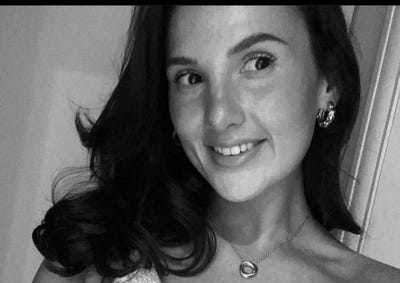The 2022/23 influenza season could see Seqirus produce 55 million vaccines for the US alone, but fluctuating demand across hemispheres means the firm must manage scalability in a variety of ways.
Seqirus has long had a leading role in the seasonal influenza space through its portfolio of products, including both egg-based and cell-based vaccine. And last month, the firm began shipping its portfolio across the US and claimed it is prepared to supply more than 55 million doses, if required.
To meet high demand, the company manages “scalability in a variety of ways including adjusting batch size, throughput rates and timing of our seasonal campaigns,” Chris Larkins, senior vice president, Global Operations at Seqirus told us.

Image: Stock Photo Secrets
“We are also growing our global manufacturing network to keep up with demand and our product innovation.”
No off-season
Despite influenza being seasonal, Seqirus does not have “an off-season” when it comes to manufacturing, said Larkins.
“As the global population is about 87% in the Northern Hemisphere and just 13% in the Southern Hemisphere, our demand is similarly lop-sided so we must scale our factories and laboratories to meet the demand of roughly 80% of supply coming in just eight months of the year.”
Vaccines for the Northern Hemisphere are manufactured from February through to September and from October to March, vaccines for the Southern Hemisphere season are produced. Additionally, Seqirus said it brings on staff to support manufacturing sites when it manufactures for the Northern Hemisphere.
Production advantages
The firm claims that there are key advantages to its cell-based and egg-based manufacturing process, which support scalability. For example, Seqirus says that its bioreactors can adjust the “run-rate of batches through the facility.”
Furthermore, the company can adjust the batch size of its egg-based production process.
“Instead of 500,000 eggs per day, we might reduce batch size to 250,000 eggs per day for our reduced supply into the smaller Southern Hemisphere markets. However, as we plan our chicken flocks almost a year in advance, this is not something that can be changed very quickly.”
To ensure that it can meet any upcoming seasonal demand, the firm has said its capacity planning covers ten years with Larkins adding that it will “ramp up capacity over the next decade in a number of locations to ensure we meet customer demand each season.”
He also pointed to investments made by Seqirus into its network, both in the Northern and Southern Hemisphere “to keep up with demand and our product innovation.”
In June, Seqirus completed a four-year $156 million expansion at its Holly Springs, North Carolina plant, which it said will support influenza vaccine production for 2022 and 2023 season and beyond.
And a decision in November 2020 to invest $800 million to construct a manufacturing plant in Melbourne, Australia will create “a carbon copy of our Holly Springs, US facility and will be the first and only cell-based influenza manufacturing facility in the Southern Hemisphere,” Larkins added.







